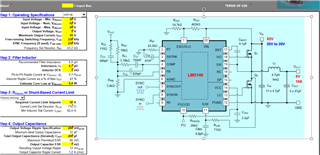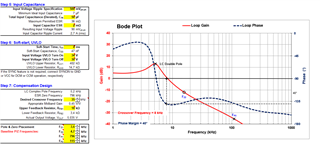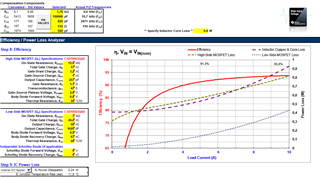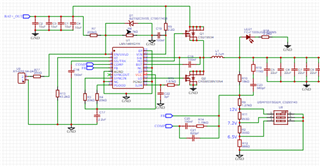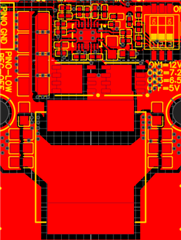Other Parts Discussed in Thread: LM70880, LM70860, CSD18563Q5A
Tool/software:
Hi friends. I started building a converter on the LM5146. But my efficiency is 5-10% lower than in the calculator.
At an input voltage of 62 volt , Current 40 mA. Output voltage 5 V , this is without load. Frequency 230 KHz.
input voltage of 62 volt . Output voltage 5 V . load 3.9 А Converter efficiency 81.3 %
input voltage of 62 volt . Output voltage 5 V . load 7.8 А Converter efficiency 85,8 %
Both figures are 7% lower than indicated in the calculator.
I use transistors High-Side CSD19534 , Low-Side CRSM038N10N4
Inductor SMMS1770-4R7M .
I am adding oscillograms.
1. HO
2. LO
3. SW
How can I improve the efficiency? Is this normal operation of the converter?


